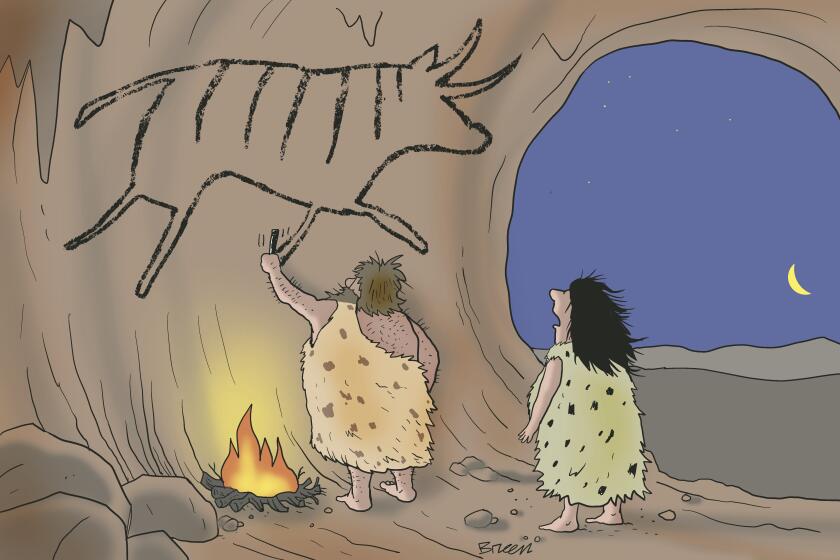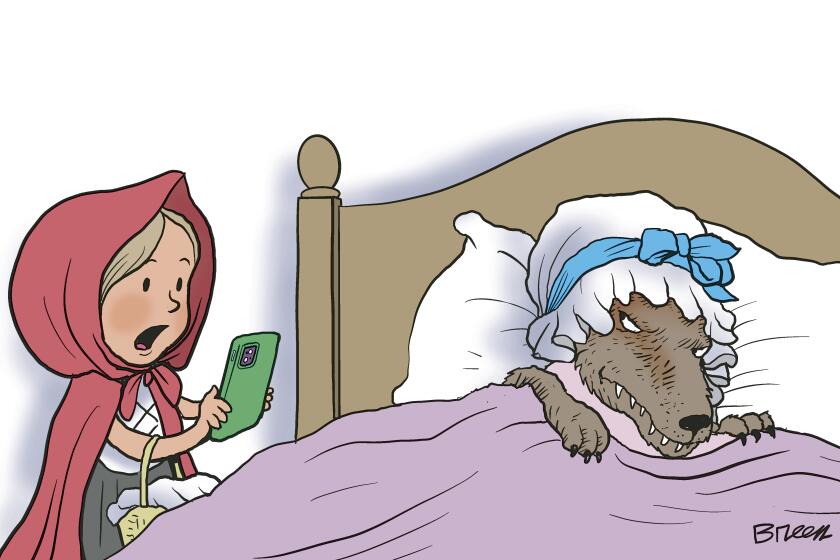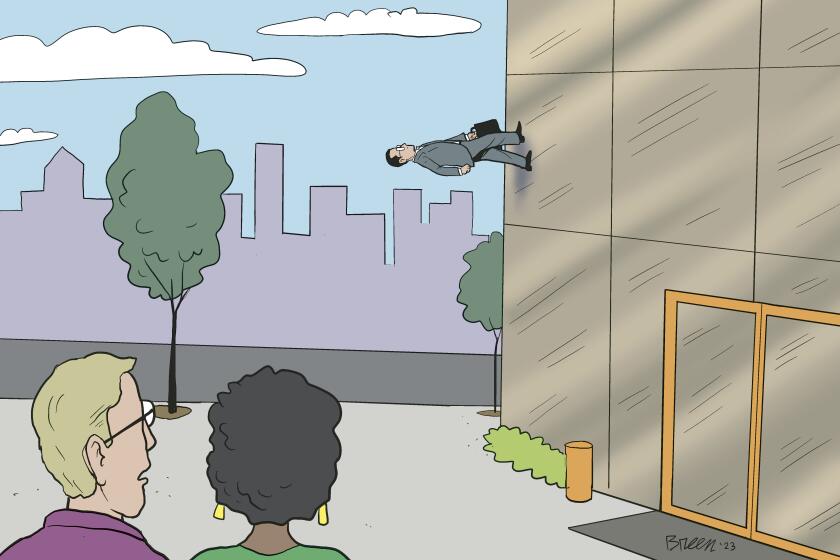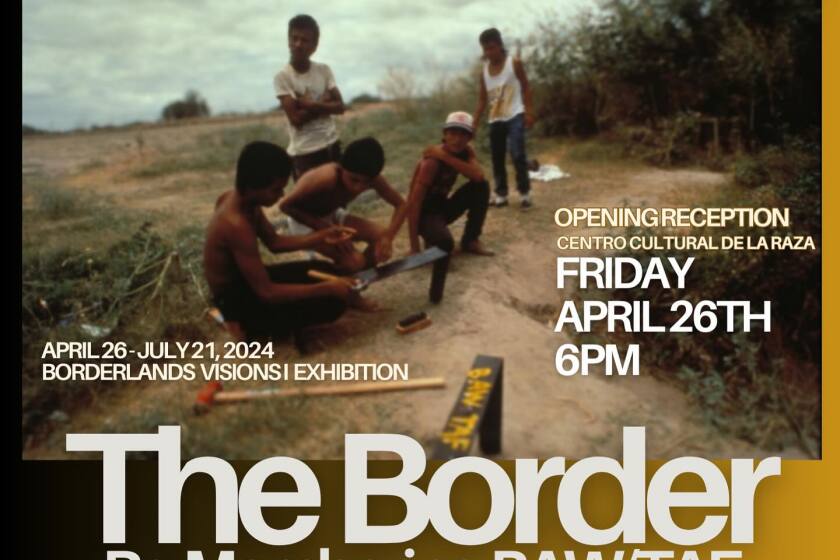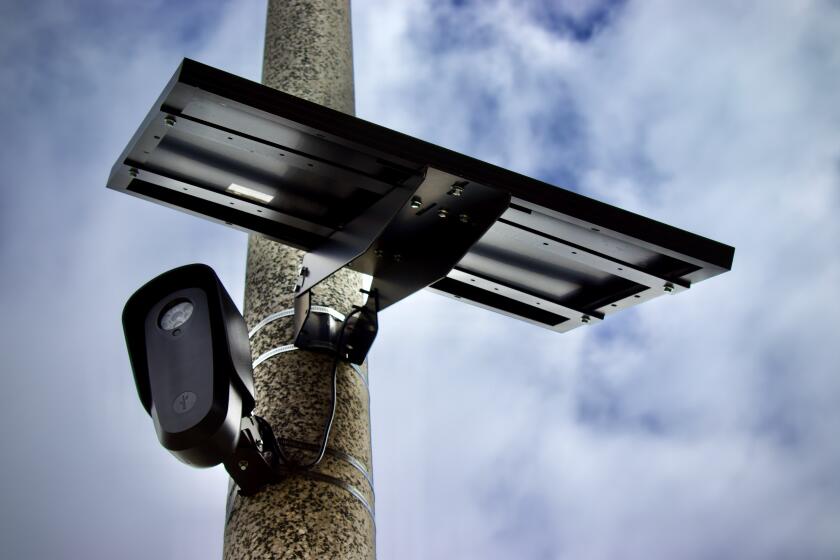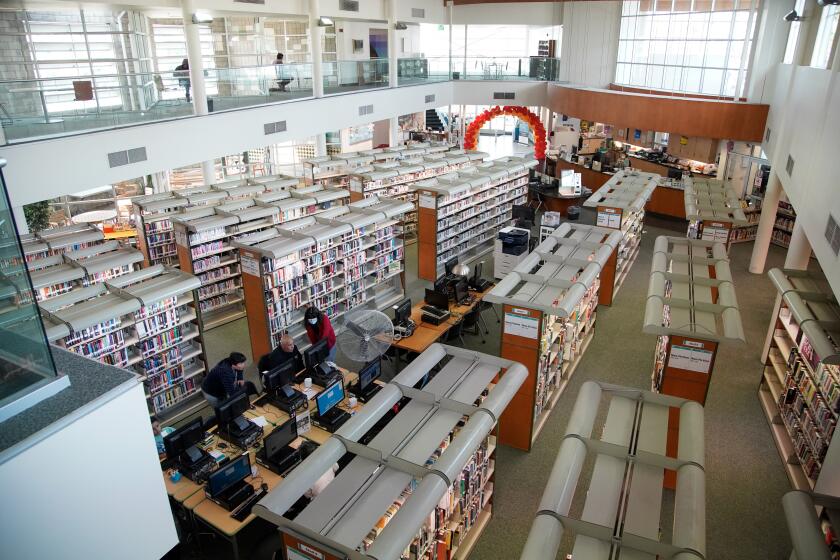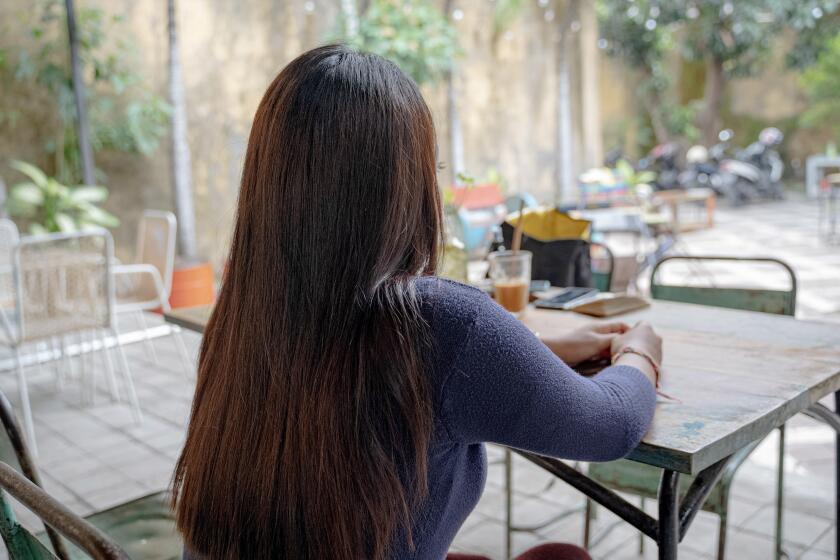Tijuana’s migrant caravan has many stories. Here are some.
Editor’s note: The San Diego Union-Tribune’s editorial cartoonist is visiting Tijuana to get a clearer picture of why thousands of Central American migrants would travel so many miles to seek asylum in the U.S. Here is his opening essay, explaining the project. You may also want to see the essay he wrote in a project when he shared sketches and stories of San Diego’s homeless residents in 2017.
TIJUANA, MEXICO — We’ve all heard about the so-called “caravan” of migrants traveling north this fall from Central America to Tijuana, just south of San Diego and the U.S.-Mexico border. We’ve all seen images of what’s now 6,000 people — more than 1,000 of them children — living in cramped quarters so close to our own, comfortable homes.
Thousands of other asylum seekers are expected here to seek entry to the U.S. in coming weeks, and the migrants’ arrival is putting a serious strain on this city of 1.7 million people. We all have questions.
Who are these migrants? Where are they coming from? What do they want? What is going to happen to them? And why are they traveling here now when the immigration debate has taken such a hard turn with President Donald Trump’s tough rhetoric, family separation policy and plans for a border wall?
These are just some of the numerous questions I have about this crisis at our doorstep. Answers are harder to come by. But it’s a shorter drive from our office to the border than it is from our office to my house. I decided to visit and ask.
I didn’t have strong feelings about the situation one way or the other, and I had no idea what to expect beyond what I’d watched or read as part of my work as The San Diego Union-Tribune’s editorial cartoonist.
On Fox News, I hear fears about how this caravan includes young criminals and gang members. On other media outlets, I see video clips of weary migrant women pushing toddlers in strollers.
Which is it? And wouldn’t it be more complex than any single story or video could show? Most of the migrants are men, but what is the makeup of the group beyond that? Why do they travel thousands of miles to come to America? Again, the question: Who are they?
I’ve drawn plenty of cartoons over the years about immigration policy, but I hadn’t ever talked to an active asylum seeker. Now I was drawn to this humanitarian crisis, pulled to it, by curiosity and the basic tenets of journalism: Seek the truth and report it.
As pundits and politicians batted around thorny legal, political and moral questions about what to do with all of these migrants massing on the border, I realized the quickest way to the truth might be a few turns from the Union-Tribune office in downtown San Diego, 16 straight miles down Interstate 5 and then a few more turns at the border.
That’s where the Benito Juarez Sports Complex is that so many of these Central Americans are temporarily calling home and getting help while they await their next steps.
Personally, I’m unsettled by the thought of throngs of desperate foreigners at our border demanding assistance. We’re a rich and wonderful country, after all, and there are countless miserable and desperate people in the world who would love our help, only starting with Americans in poverty.
On the other hand, maybe many of these migrants have legitimate cases for assistance and asylum. Because of America’s wealth and greatness, it seems to me the nation has a duty to be as generous as possible to neighbors in need.
With these thoughts but no agenda, I traveled south with a pen, a sketchbook and a photographer who spoke Spanish to see what I could learn.
As with my “Street Art” series last year in which I drew and humanized members of San Diego’s homeless population, the goal here is the same: to add a human dimension to a large and complex problem.
Wednesday, when photographer Eduardo Contreras and I went to Tijuana, that’s what we found: a sea of humanity. The Sports Complex was a chaotic jumble of migrants, guards, health workers and journalists.
There were tents and makeshift shelters everywhere and a line of portable toilets smelled, well, like thousands of people had been using them.
Showers were just an outdoor array of PVC pipes pouring cold water on half-dressed bathers. A small lake of water was growing due to poor drainage.
This was before Thursday’s steady rains turned a crowded migrant camp beset with lice infestations and respiratory infections into a much more miserable experience. But there was cheer and camaraderie there, too.
For instance, I met a young Honduran man who introduced me to a Salvadoran woman he had met along the way. After telling me about his hardships before he joined the caravan, the man’s demeanor lightened as soon as his new girlfriend appeared and gave him a hug. The story of a couple finding love on the caravan was not something I expected.
I walked around the streets of Tijuana and found plenty of subjects willing to talk to a stranger with a Sharpie. Their stories were fascinating, emotional and varied.
I hope you follow along as I continue to visit the migrants in Tijuana in coming months and share my drawings and their stories in print and online videos. Whether they have toddlers in strollers or criminal records, they were all drawn to America.
Get Weekend Opinion on Sundays and Reader Opinion on Mondays
Editorials, commentary and more delivered Sunday morning, and Reader Reaction on Mondays.
You may occasionally receive promotional content from the San Diego Union-Tribune.


